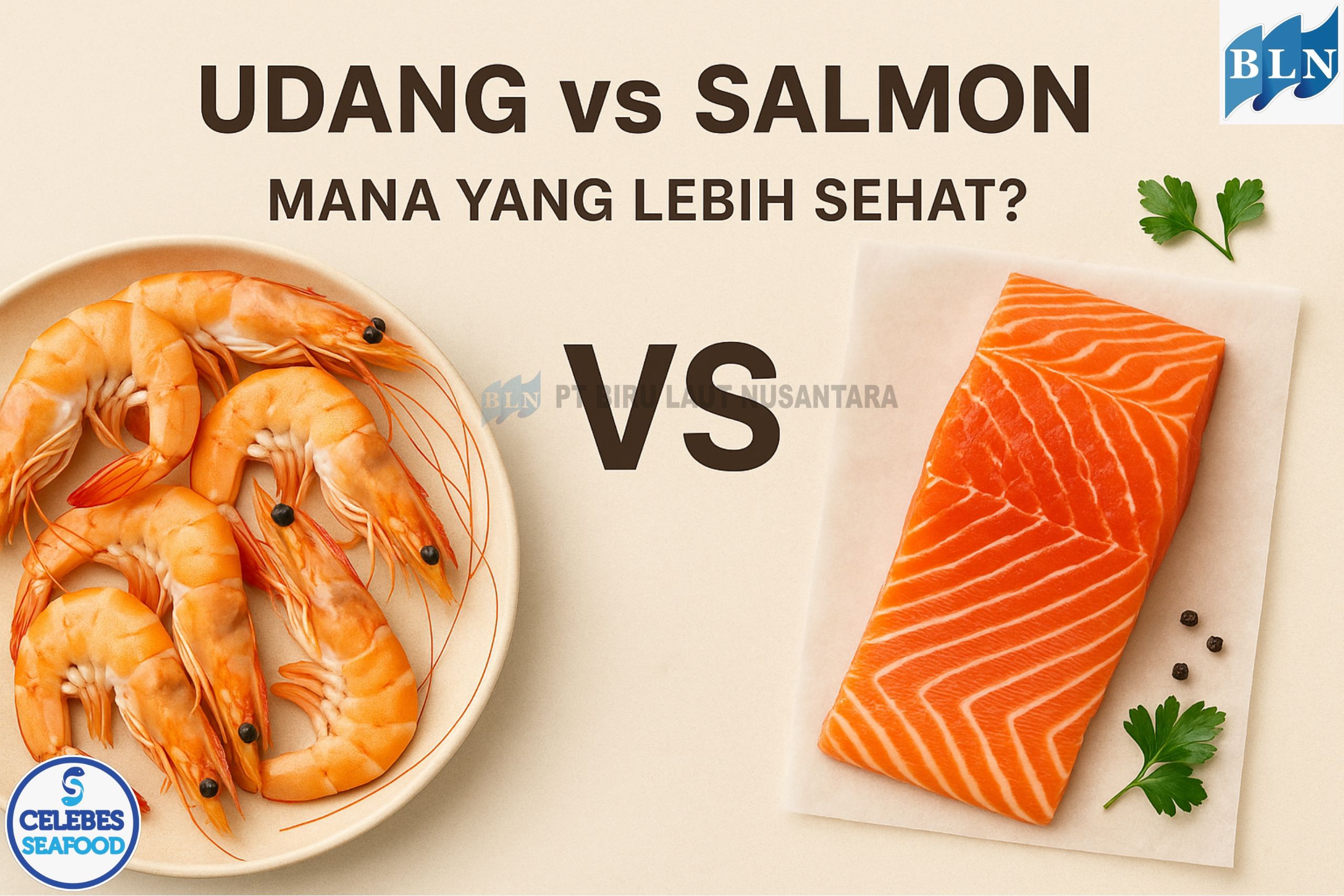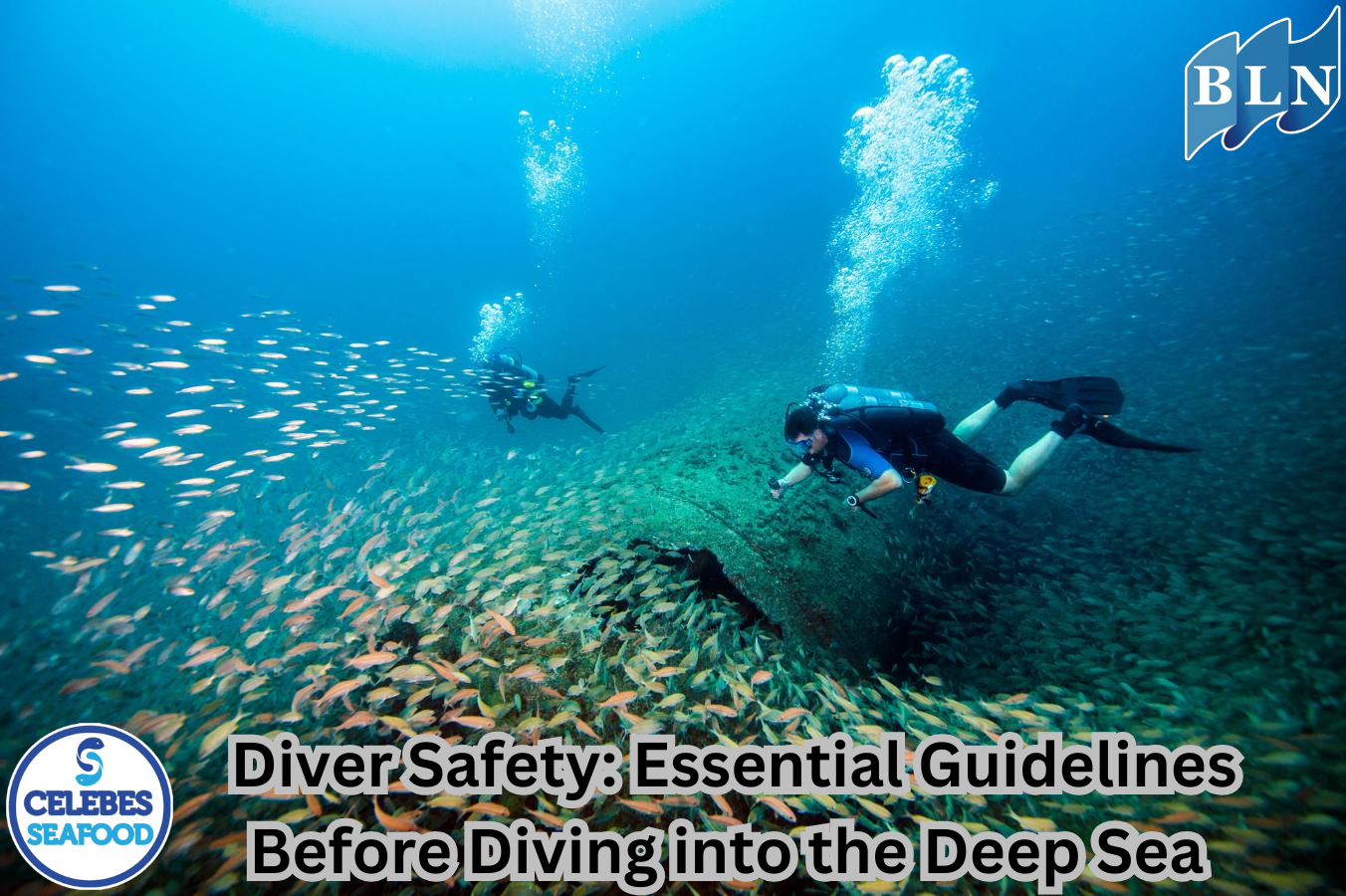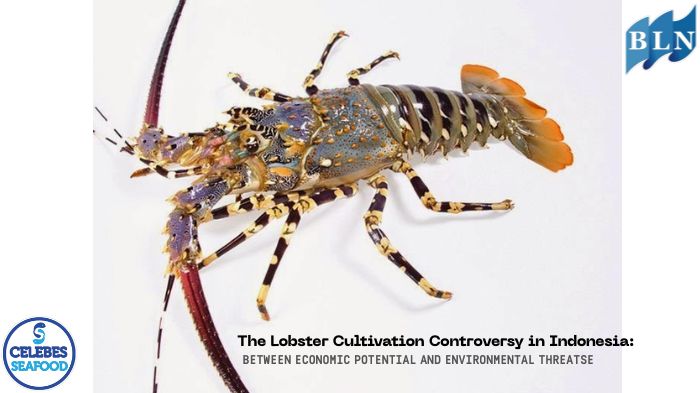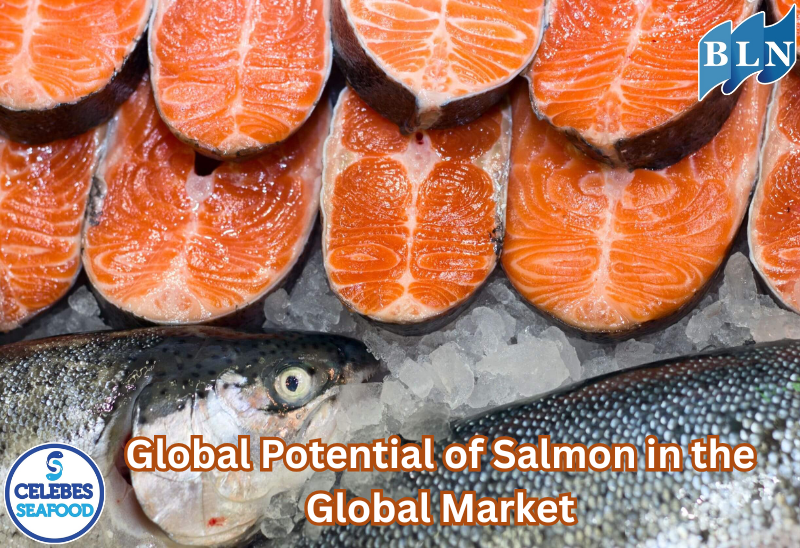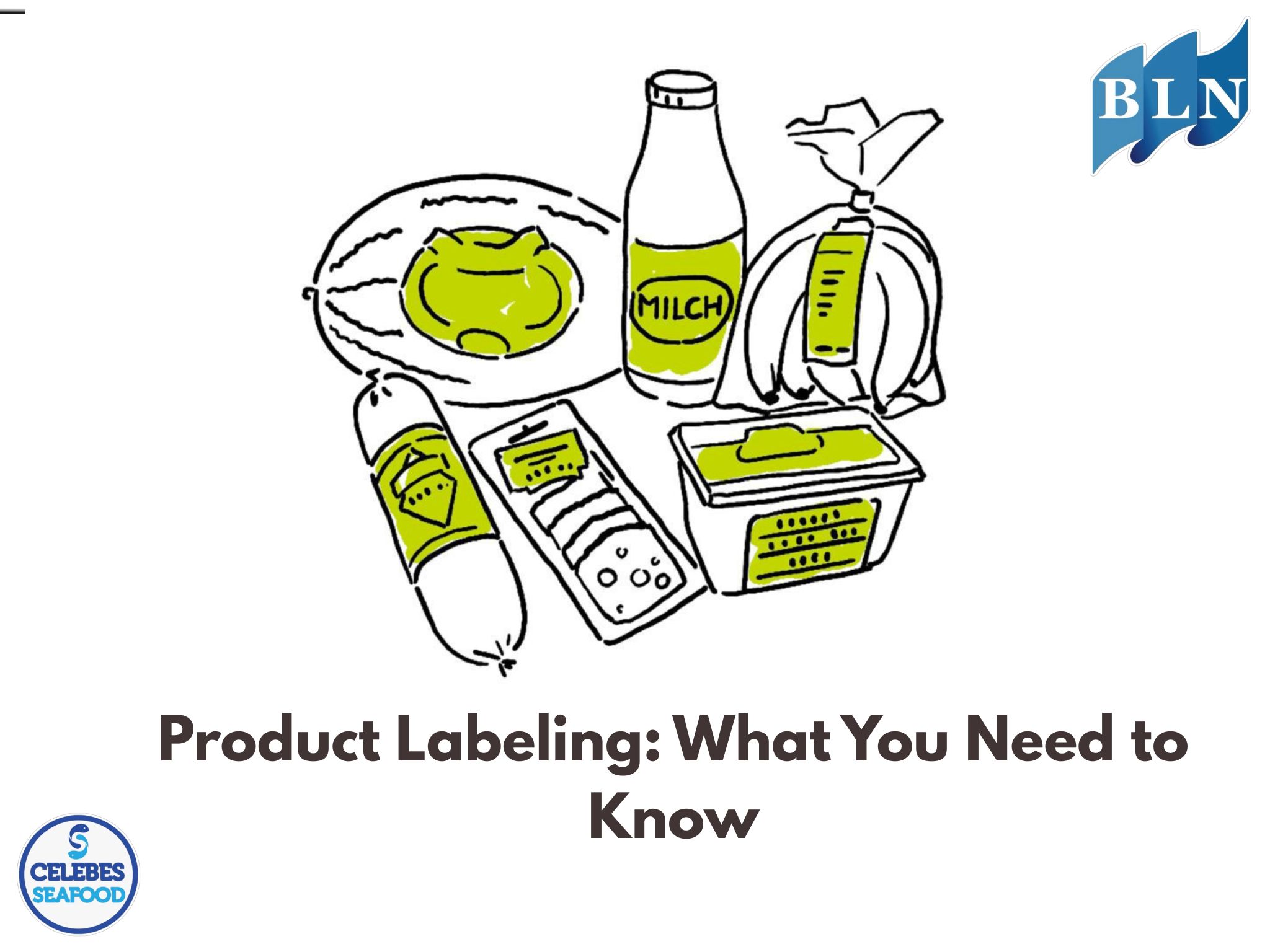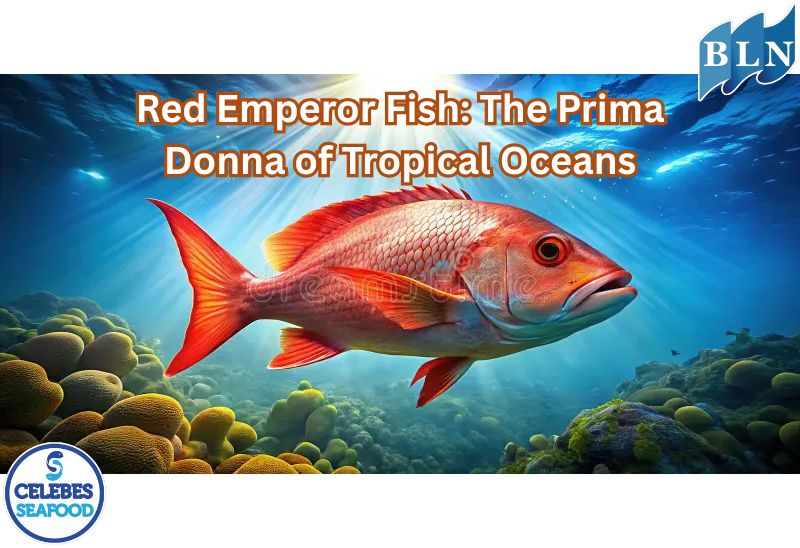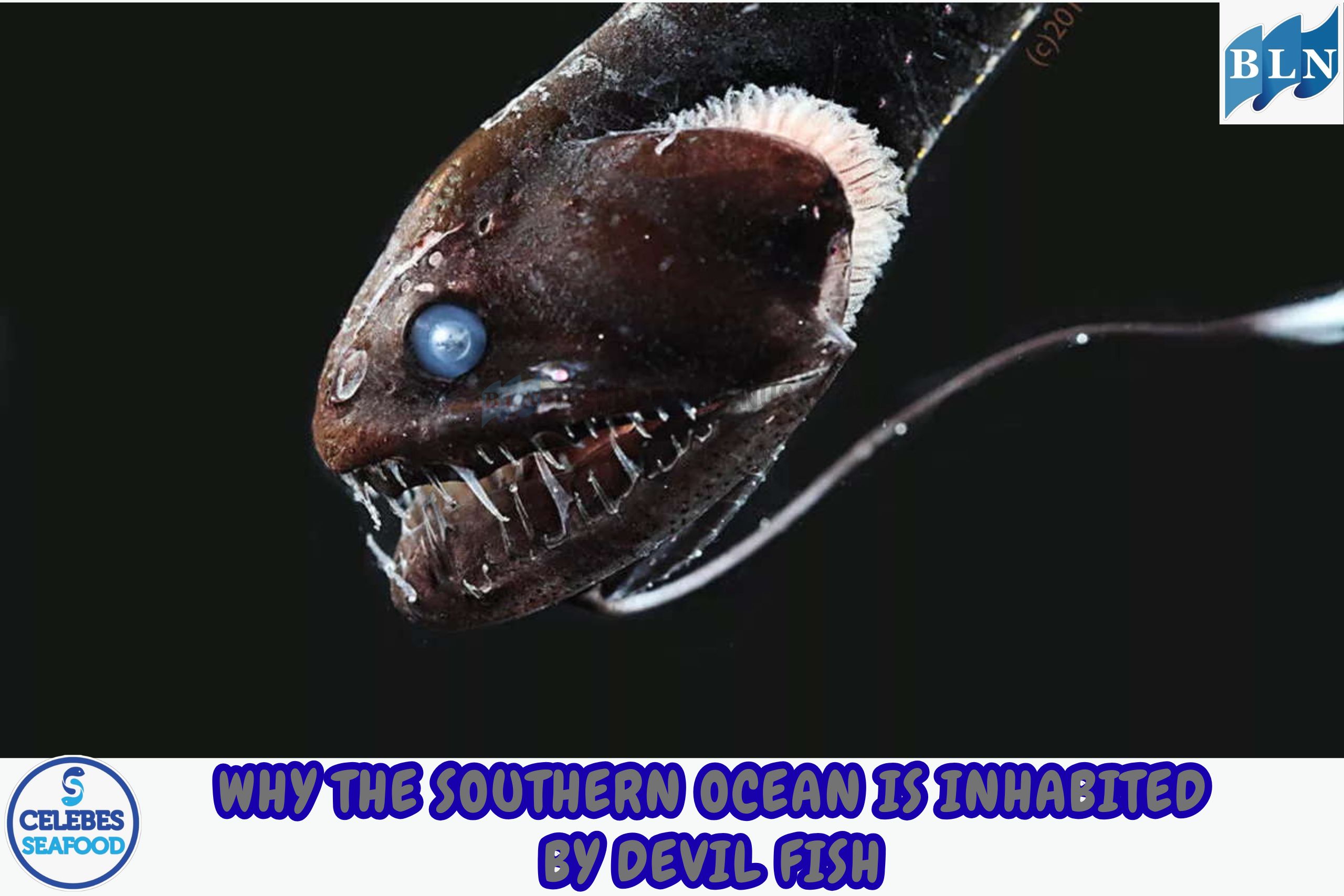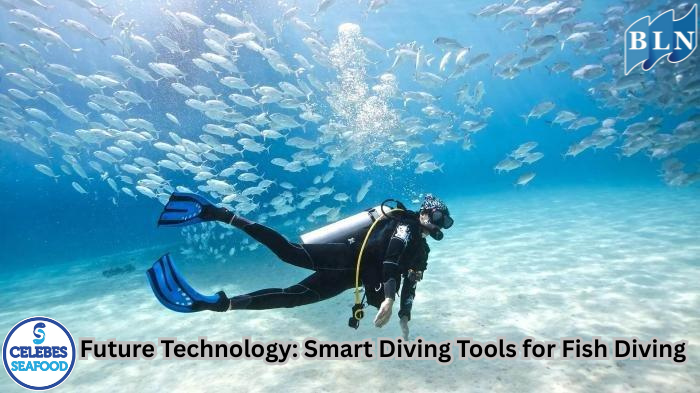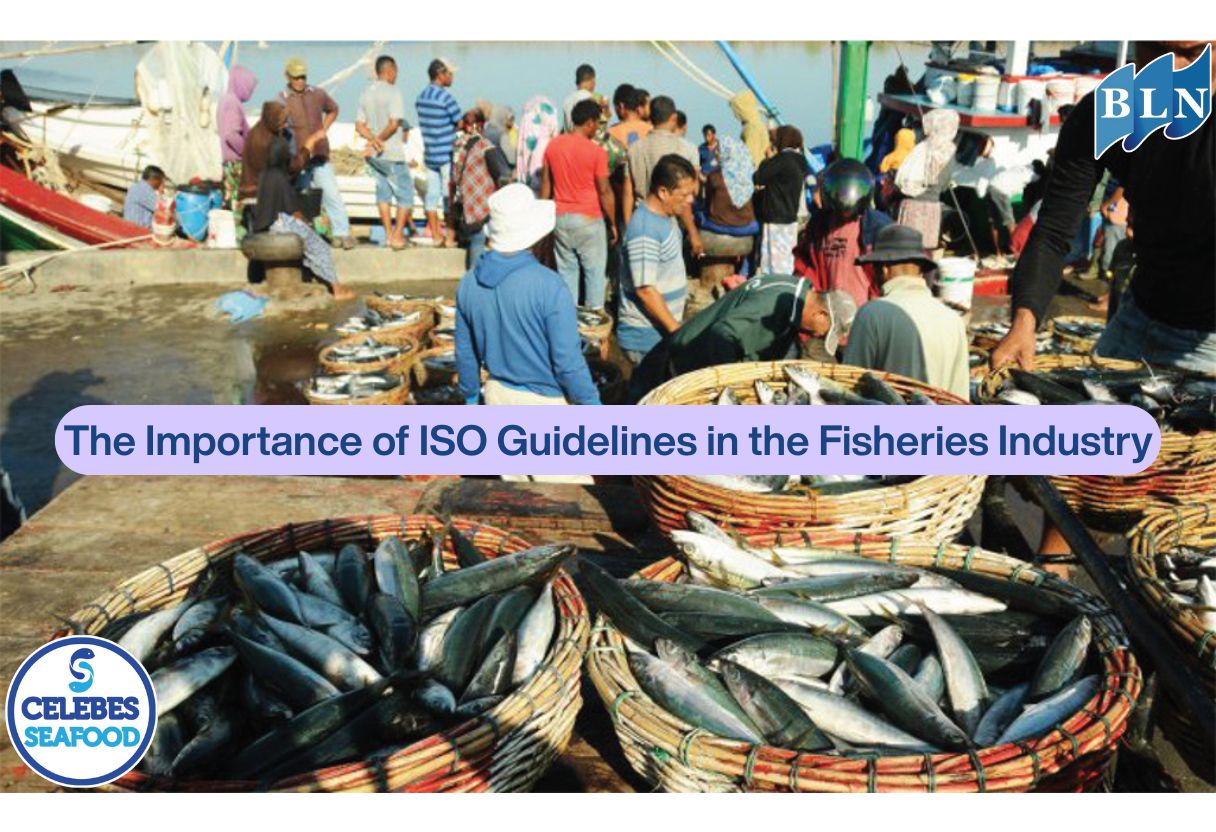Best Practices in Fisheries Solid Waste Management for Environmental Sustainability.
By. Tri - 17 Jul 2025.jpg)
lautnusantara.com The fisheries industry, from capture to processing, generates a significant amount of solid waste. This waste can include fish remains (heads, fins, guts, bones), crustacean shells, or even broken fishing gear. If not managed properly, this waste can lead to various serious environmental problems, such as water and soil pollution, unpleasant odors, attracting disease vectors, and even disturbing marine ecosystems. Therefore, implementing best practices is crucial for achieving environmental and economic sustainability.
Best Practices in Fisheries Solid Waste Management
Here are some best practices that can be applied:
1. Source Reduction
The first and most effective step is to reduce the amount of waste generated from the outset. This can be achieved by:
- Optimizing Production Processes: Improving the efficiency of fish cutting and processing to minimize residue.
- Employee Training: Educating workers on the importance of minimizing waste.
- Whole Fish Utilization: Developing products from parts previously considered waste, such as using fish skin for gelatin or scales for collagen.
2. Waste Separation and Classification
Separating waste by type is essential to facilitate further handling and potential recycling. For example:
- Organic vs. Inorganic: Separating fish remains (organic) from plastics, metals, or other inorganic materials.
- Organic Types: If possible, separate waste by type (e.g., crustacean shells from fish flesh remains) as their economic value and processing methods can differ.
3. Reuse and Recycle
This is the core of a circular economy approach. Instead of discarding it, fisheries solid waste has great potential to be transformed into value-added products:
- Animal/Fish Feed: Fish remains rich in protein and fat can be processed into fish meal or fish oil, which are excellent feed ingredients.
- Organic Fertilizer/Compost: Organic waste can be composted to produce nutrient-rich fertilizer for agriculture.
- Biogas: Organic waste can be processed in an anaerobic digester to produce biogas as a source of renewable energy.
- High-Value Products:
- Chitin and Chitosan: From shrimp and crab shells, used in pharmaceuticals, cosmetics, and water treatment.
- Collagen and Gelatin: From fish skin and bones, widely used in the food, pharmaceutical, and cosmetic industries.
- Fish Oil: A source of Omega-3, used as a health supplement.
- Fish Bones: Can be processed into calcium fortification or hydroxyapatite for biomedical applications.
- Fish Skin: Can be processed into leather products or gelatin.
4. Safe Processing and Disposal
If reuse is not possible, waste must be processed and disposed of in a safe and environmentally compliant manner:
- Incineration: As a last resort for non-recyclable waste, but it must be done in facilities with strict emission controls.
- Sanitary Landfill: Disposal in specially designed landfills to prevent soil and water contamination. However, this should be a last option as it occupies land and is not sustainable.
- Wastewater Treatment: Ensure that liquid waste from processing is also properly treated before being discharged into the environment.
5. Partnerships and Collaboration
Implementing best practices often requires collaboration among various parties:
- Government: Developing clear regulations, incentives for sustainable practices, and facilitating research.
- Industry: Investing in waste processing technologies and adopting best practices.
- Academics/Researchers: Conducting research to find new methods for waste utilization and identify potential added value.
- Local Communities: Involving communities in waste management programs and providing education.
Read to : 5 Facts About the Sillaginidae Family, Used as Sushi Ingredients
Benefits of Implementing Best Practices
Implementing these best practices not only reduces negative environmental impacts but also brings significant economic benefits:
- Additional Income: From the sale of value-added products derived from waste.
- Reduced Disposal Costs: Decreasing the volume of waste that needs to be sent to landfills.
- Positive Company Image: Enhancing reputation as a responsible and sustainable industry.
- Regulatory Compliance: Meeting increasingly stringent environmental standards.
- Job Creation: In the waste processing sector and derivative product production.
By comprehensively applying these practices, the fisheries industry can move towards a more sustainable model, where waste is no longer viewed as a problem but rather as an untapped resource.
If you are interested in our Coral Trout Fillet Skin On, CORAL TROUT WGG WHOLE GILLED GUTTED, TOMATO COD WHOLE GILLED GUTTED please do not hesitate to contact us through email and/or whatsapp.
